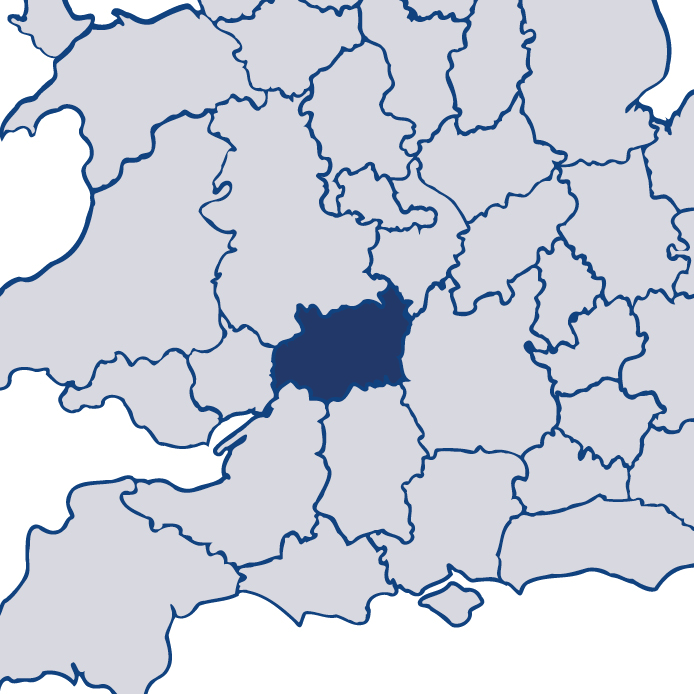Gloucestershire 2017
Read more about GloucestershireThis is HMICFRS’ fourth PEEL (police effectiveness, efficiency and legitimacy) assessment of Gloucestershire Constabulary. PEEL is designed to give the public information about how their local police force is performing in several important areas, in a way that is comparable both across England and Wales, and year on year. The assessment is updated throughout the year with our inspection findings and reports.
The extent to which the constabulary is effective at keeping people safe and reducing crime requires improvement.
The extent to which the constabulary is efficient at keeping people safe and reducing crime is good.
The extent to which the constabulary is legitimate at keeping people safe and reducing crime is good.
HMI's observations
Read my assessment of Gloucestershire Constabulary below.
I am satisfied with most aspects of Gloucestershire Constabulary’s performance in keeping people safe and reducing crime, but the force has more to do to provide a consistently good service. I note the improvements made in response to our 2016 recommendations in the way it tackles serious and organised crime.
However, the force needs to improve:
- the consistency of its problem-solving and its use of analysis and evidence to prevent crime effectively;
- its criminal investigations, as the quality of investigations in the specialist and local teams is variable; and
- its management of registered sex offenders.
Despite some improvements in child protection I am concerned that the force is not doing enough to support investigations into child sexual exploitation, and missing and absent children.
The force has maintained a sound understanding of demand and manages it well; its planning for future demand is good.
The force has improved the way it treats members of the public and its own workforce.
Overall Gloucestershire Constabulary has made a great deal of progress since 2016, but there is more to do.
Effectiveness
How effective is the force at keeping people safe and reducing crime?
Efficiency
How efficient is the force at keeping people safe and reducing crime?
Legitimacy
How legitimate is the force at keeping people safe and reducing crime?
Other inspections
How well has the force performed in our other inspections?
In addition to the three core PEEL pillars, HMICFRS carries out inspections of a wide range of policing activity throughout the year. Some of these are conducted alongside the PEEL inspections; others are joint inspections.
Findings from these inspections are published separately to the main PEEL reports, but are taken into account when producing the rounded assessment of each force's performance.






